PHOTOS: Plitvice Lakes in Autumn Tones Create Beautiful Contrast
October 26, 2020 – On this day 41 years ago, Plitvice Lakes was included on the UNESCO World Heritage List. A look at the famous park in late October when it is covered in autumn tones.
One of the most beautiful natural sights in Europe and definitely a must-visit place in Croatia, Plitvice Lakes National Park, is known for its magnificent travertine barriers that create 16 clear lakes separated by the numerous cascading waterfalls.

Although Plitvice Lakes are known for the crystal clear water of lakes and green vegetation, in autumn their appearance turns into a real colorful landscape due to the yellow and orange leaves of the surrounding treetops.

Plitvice Lakes are located in the Korana River valley where the travertine barriers block it, and the area of the national park stretches through Karlovac and Lika-Senj counties. Whether it is spring, summer, autumn, or winter, Plitvice Lakes exude their unique beauty at any time of the year, and autumn stands out as it creates a beautiful contrast between the orange leaves of the deciduous forest and the clear green waters of lakes.
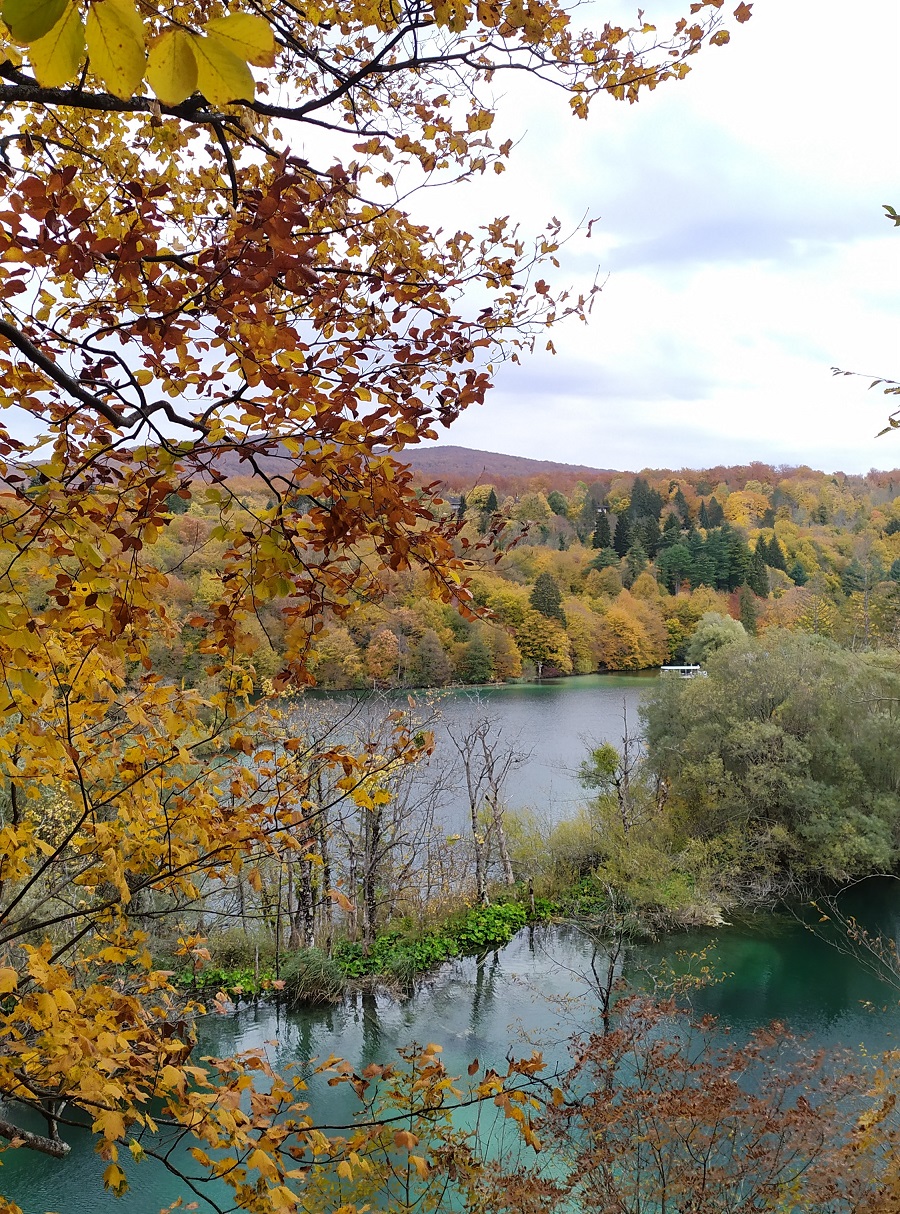
Anyone who visits Plitvice at this time of the year will not remain indifferent walking the wooden paths watching the waterfalls that make their way through the diverse vegetation. The lakes are now filled by the contrast of variegated deciduous treetops and clear lake water, as well as the contrast of fast and loud waterfalls defying calm parts of lakes.

A boat ride on the largest lake Kozjak and a train ride on the hilly part of the park allow visitors to even better observe and absorb the coexistence of lakes, forests, and plants. This time of the year, yellow and brown leaves cover wooden paths and edges of lakes where ducks and fish freely swim.
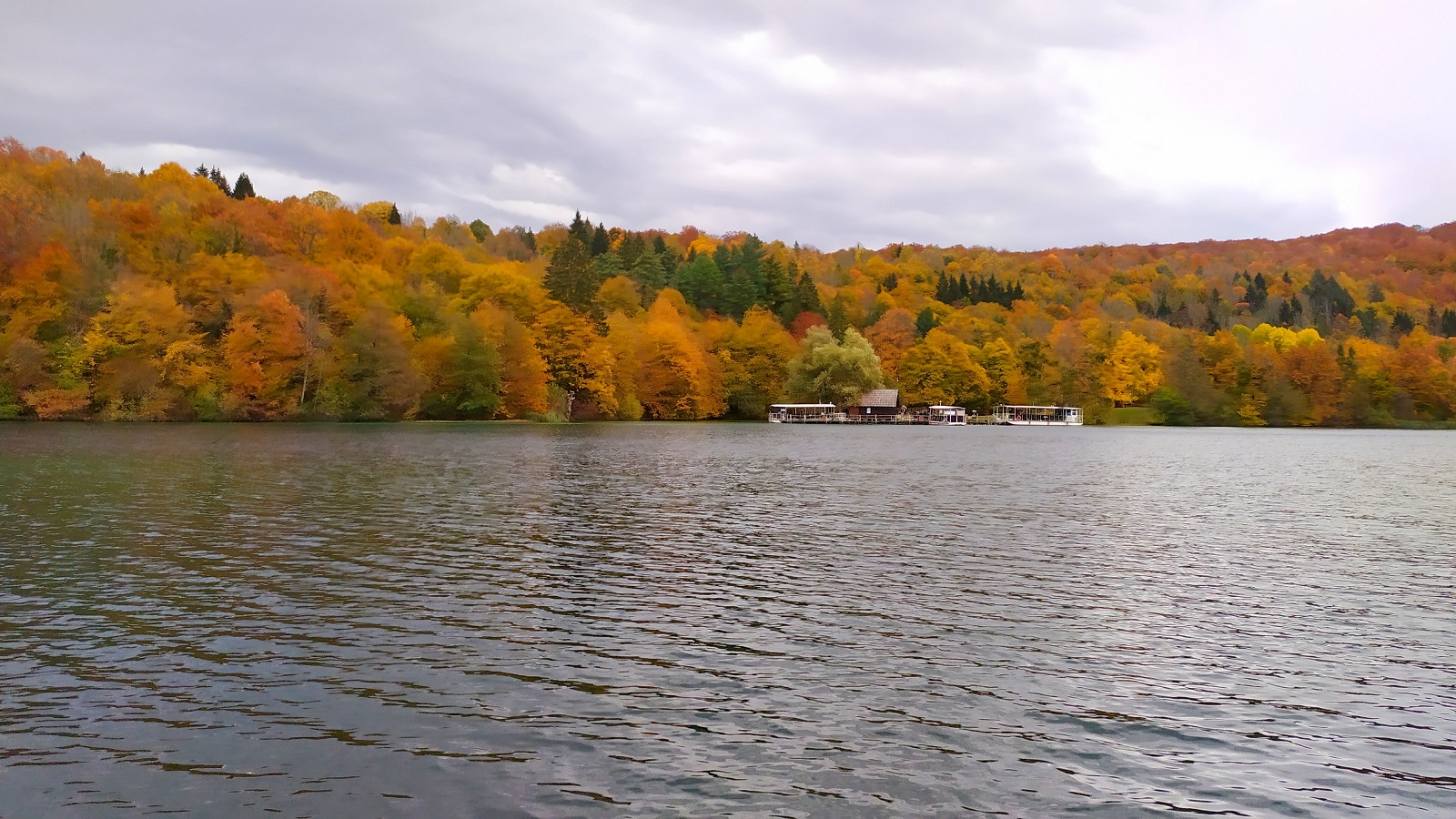
The natural process of travertine is responsible for Plitvice's shape since travertine barriers create lakes and waterfalls, which is why this colorful paradise was included on the UNESCO World Heritage List on this day 41 years ago, but also because of its well-preserved forest and rich fauna.
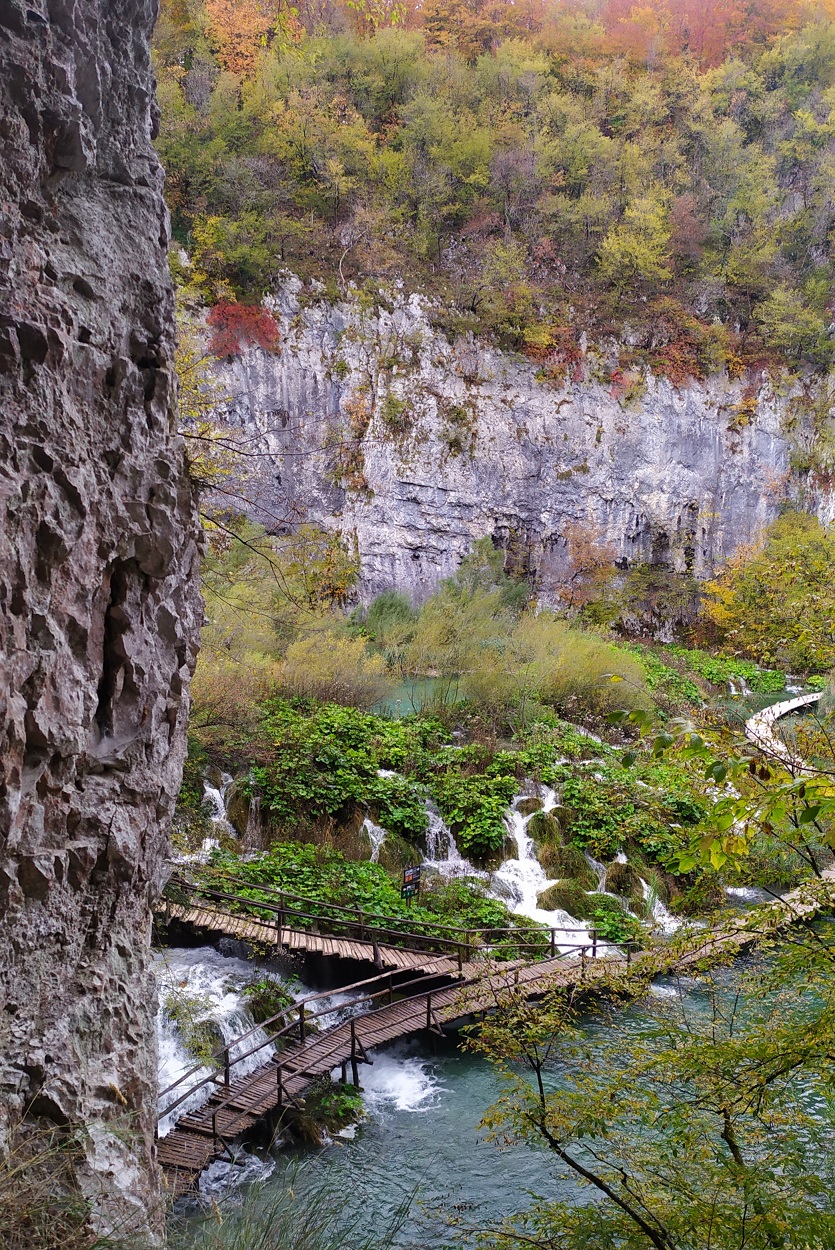
The first and the biggest Croatian national park, Plitvice Lakes was placed on the World Heritage List as the only natural heritage at the time. Today this list counts as many as 1121 world heritage sites, and 213 as natural heritage.
Alongside Plitvice Lakes, the natural heritage under UNESCO protection in Croatia consists of two more national parks – Paklenica and Northern Velebit, and a group of rocky peaks of Velebit called Hajdučki and Rožanski kukovi made the list too. They are all part of UNESCO's Ancient and Primeval Beech Forests of the Carpathians and Other Regions of Europe.
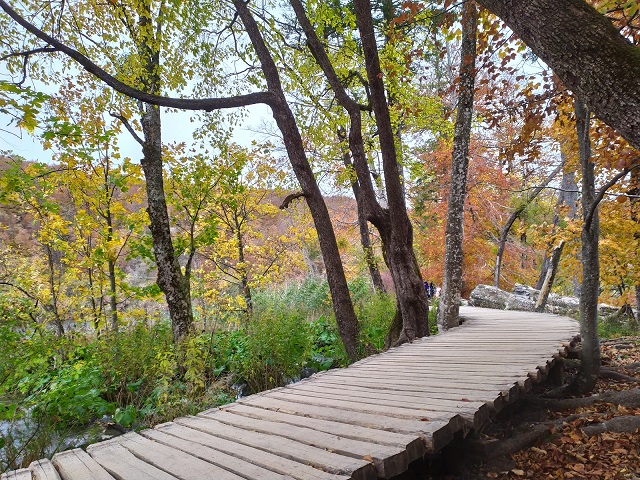
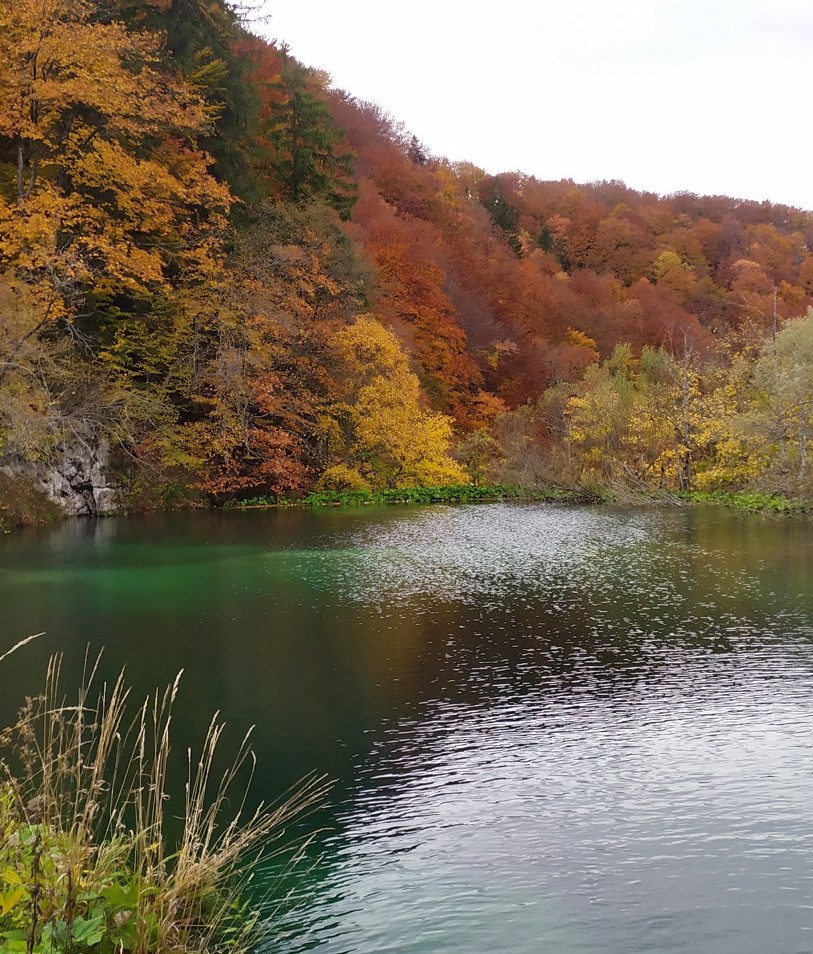
The Croatian region of Lika, where Plitvice Lakes and all other UNESCO nature sites in Croatia are located, proves to be rich with natural heritage that is unique in Europe and is worth visiting when in Croatia.
All photos © Donatella Pauković
For the latest travel info, bookmark our main travel info article, which is updated daily.
Read the Croatian Travel Update in your language - now available in 24 languages.
Made in Croatia: Lička Janjetina
January 21, 2019 — In this article of the Made in Croatia series, find more about Lička janjetina, the protected lamb meat from Lika.
Lička janjetina refers to fresh lamb meat from Lička pramenka, the native curly sheep breed raised exclusively in Lika-Senj and Zadar counties.
The specific flavors and aromatic profile of the cooked Lika lamb are directly linked to the botanical composition of the region's meadows and mountain pastures on which the lambs are raised. Consequently, in comparison to lamb meat from other areas, the meat of Lika lamb has a distinctive taste, and aroma. Also, because Lička pramenka sheep are reared in the open and get more physical activity, the color of Lika lamb meat is more intensely red and has a nice marbling to it.
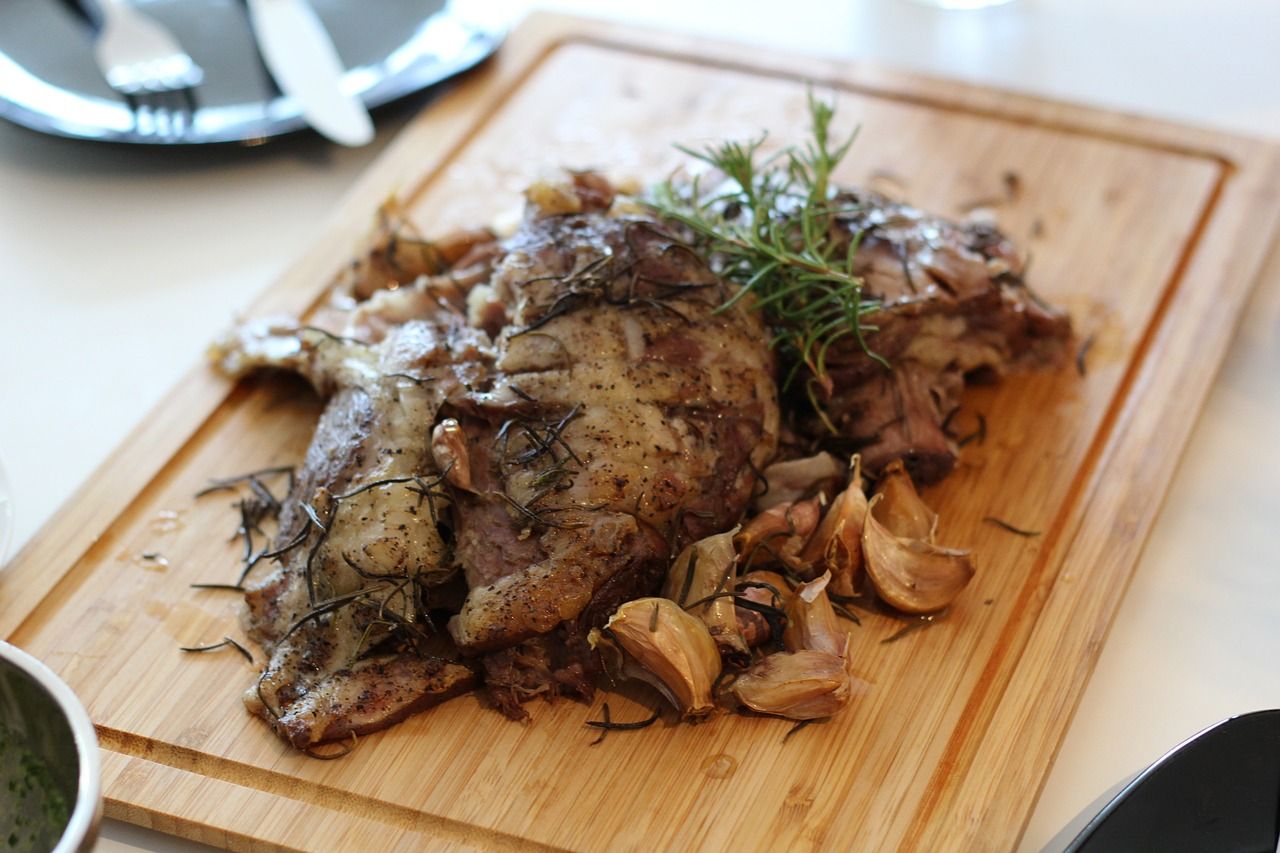
Source: Pixabay.com
Although it has only been registered as a product of protected geographical indication in October 2018, the popularity of Lika lamb has been on the rise ever since 1998 when the Autumn in Lika festival was founded. This annual event takes place every mid-October and is a great opportunity not only to try the prized Lička janjetina and other traditional Lika delicacies, but the visitors can also enjoy the region's folklore performances, exhibitions, etc.
However, the main star of this gastronomic event remains Lička janjetina which is traditionally spit-roasted and prepared in a Lika-style sour stew.
If you'd like to know more about protected Croatian products, make sure you're following TCN's dedicated gourmet page.


